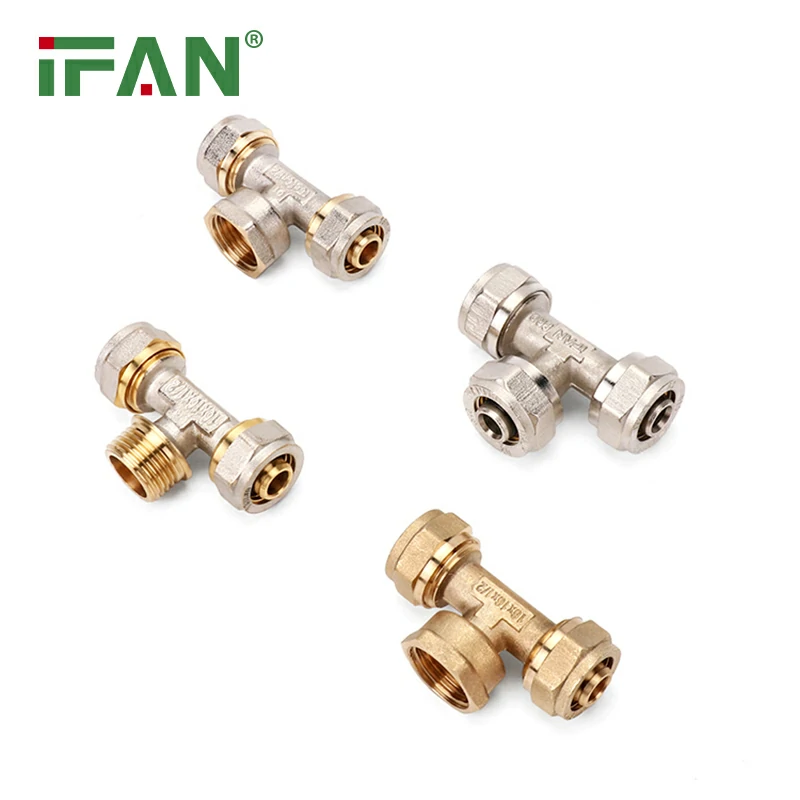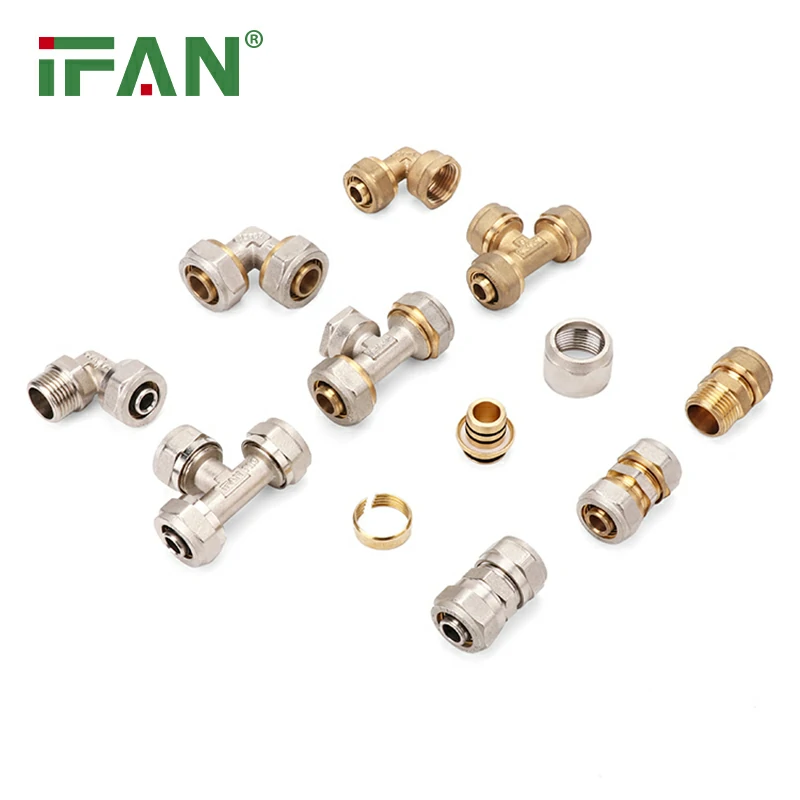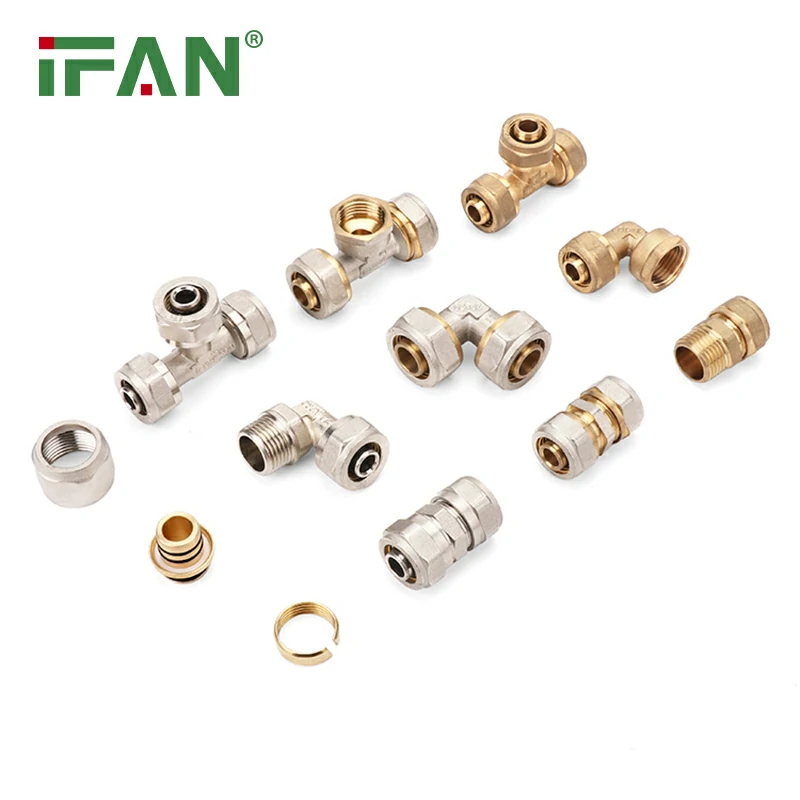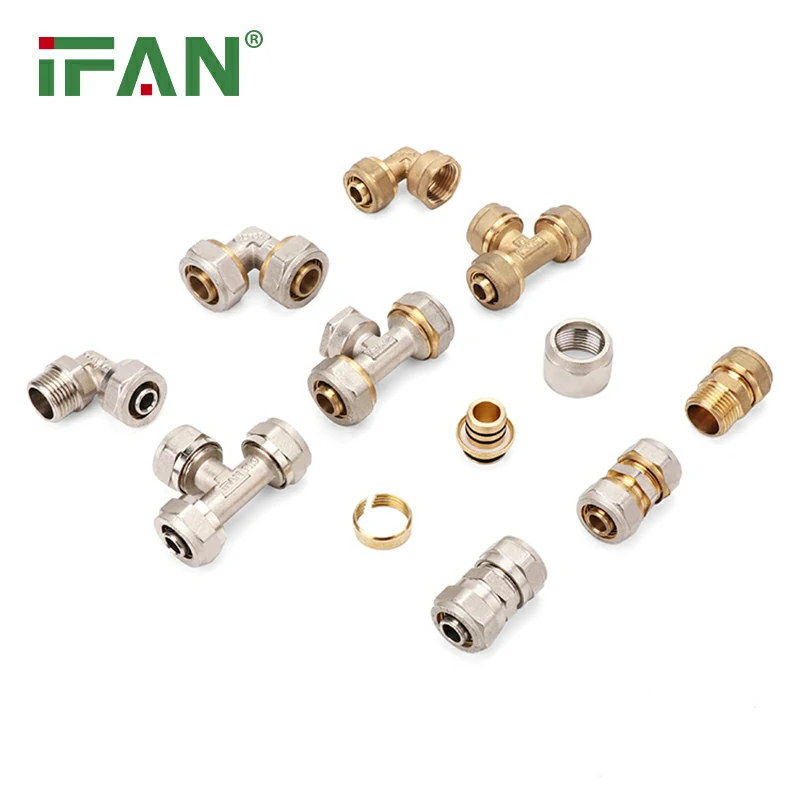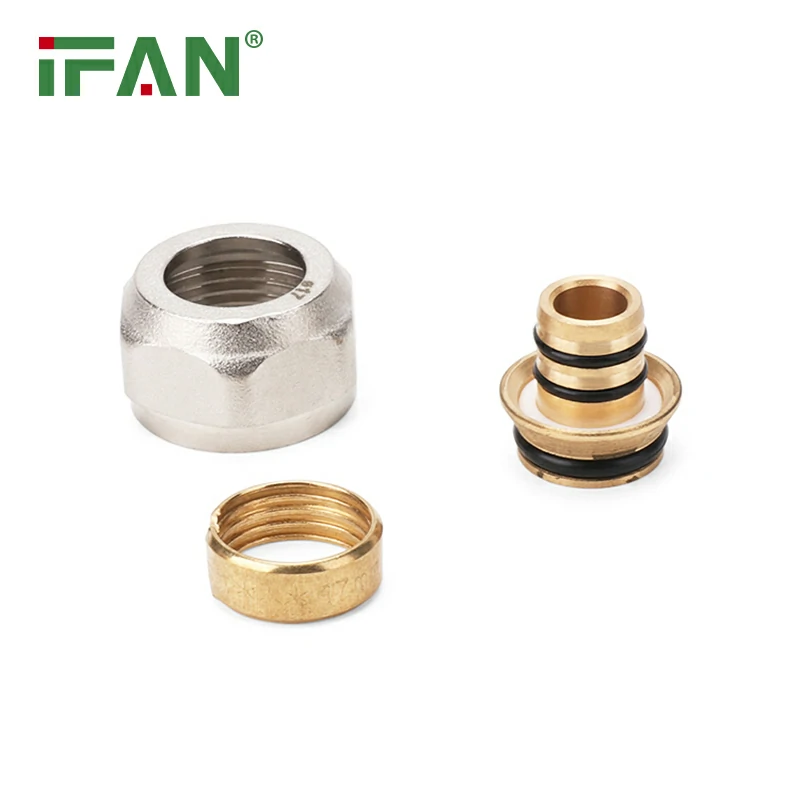IFAN factory 30+ years manufacture experience support color /size customization support free sample.Welcome to consult for catalog and free samples.This is our Facebook Website:www.facebook.com,Click to watch IFAN’s product video.Compared with Tomex products, our IFAN products from quality to price are your best choice, welcome to buy!
PPR fittings are an essential component in modern plumbing systems. Made from polypropylene random copolymer (PPR), these fittings are known for their durability, resistance to corrosion, and overall efficiency. Whether you are a professional plumber or a DIY enthusiast, understanding the characteristics, benefits, installation process, and maintenance of PPR fittings is crucial. In this comprehensive guide, we will explore everything you need to know about PPR fittings, from their types and applications to common issues and frequently asked questions.
What Are PPR Fittings?
PPR fittings are plumbing components made from polypropylene random copolymer (PPR), a thermoplastic material known for its excellent resistance to high temperatures and corrosion. These fittings are used to connect pipes in various plumbing systems, particularly in water supply and heating systems. The robust nature of PPR fittings makes them ideal for both residential and industrial applications.
Types of PPR Fittings
PPR fittings come in various types and sizes to suit different applications. Some of the most common types include:
- PPR Elbow Fittings: Used to change the direction of water flow in piping systems.
- PPR Tee Fittings: Designed for branching the pipe in multiple directions, allowing for more flexible plumbing setups.
- PPR Reducers: Used to connect pipes of different diameters.
- PPR Couplings: For joining two pipes of the same diameter together.
- PPR Ball Valves: Used for controlling the flow of liquids or gases through the pipes.
- PPR Caps: Used to close off the ends of pipes when necessary.
These fittings are commonly available in a wide range of sizes and can be used for both hot and cold water systems. PPR fittings are designed to be welded to the pipes, creating a strong, leak-free connection that ensures long-lasting performance.
Why Choose PPR Fittings?
There are several reasons why PPR fittings are becoming the preferred choice for modern plumbing. Here are some of the main advantages:
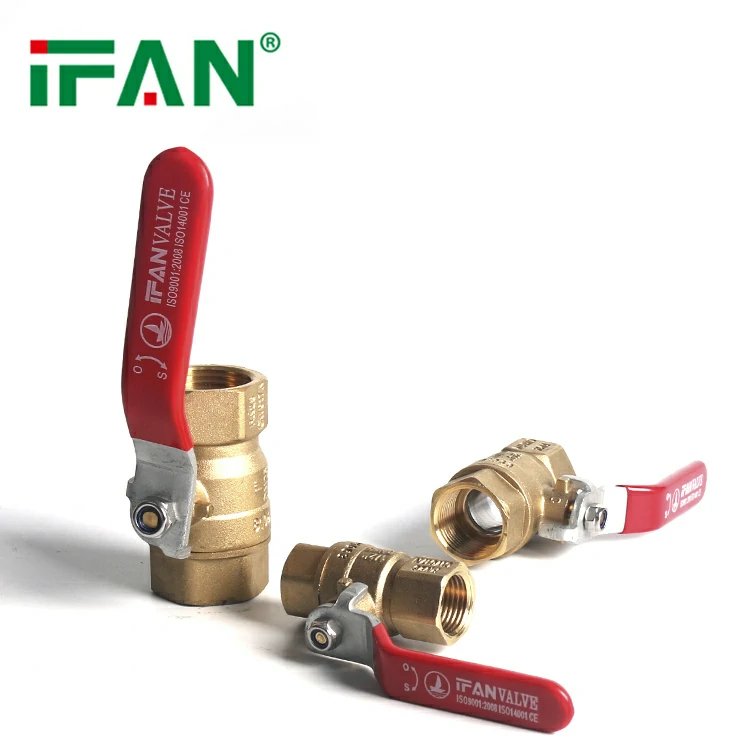
1. Durability and Longevity
PPR fittings are known for their exceptional durability. Unlike metal fittings, PPR is resistant to rust, corrosion, and scaling, which makes it ideal for systems that carry drinking water or other corrosive liquids. The material’s resistance to high temperatures (up to 95°C) also makes PPR fittings suitable for hot water applications.
2. Leak-Free Connections
PPR fittings create secure, leak-proof joints when welded to PPR pipes. The welding process ensures that the connection is strong and will not deteriorate over time. This eliminates the need for gaskets or adhesives, which can fail or degrade over time.
3. Cost-Effective
Although PPR fittings might have a higher initial cost compared to traditional PVC or metal fittings, their long-term benefits make them a more cost-effective choice. Their durability means fewer repairs and replacements, leading to long-term savings.
4. Corrosion Resistance
PPR fittings are immune to corrosion, a common issue with metal piping systems. Corrosion can weaken pipes and fittings, causing leaks and other issues. With PPR, this is never a concern, ensuring the integrity of the system over its lifespan.
5. Environmental Friendliness
PPR is a recyclable material, making it a more environmentally friendly choice compared to other plastic-based piping systems. It is free from harmful chemicals like chlorine, which are often found in PVC pipes.
How to Install PPR Fittings
Installing PPR fittings requires a few tools and a bit of practice, but it’s relatively straightforward. Below is a step-by-step guide on how to install PPR fittings:
Tools Needed:
- PPR pipe cutter
- PPR welding machine (for fusion welding)
- PPR fittings
- Pipe measuring tape
- Marker
- Safety gloves and goggles
Installation Steps:
- Prepare the Pipe: Measure and mark the pipe where the PPR fitting will be installed. Use a PPR pipe cutter to cut the pipe cleanly and accurately.
- Heat the Fitting and Pipe: PPR fittings need to be welded to the pipe. Use the PPR welding machine to heat both the pipe and fitting simultaneously. The temperature should reach about 260°C (500°F).
- Connect the Fitting: Once the pipe and fitting are properly heated, quickly insert the pipe into the fitting, ensuring it is aligned correctly. Hold the connection for a few seconds to allow it to cool and form a strong bond.
- Allow the Weld to Cool: The welded joint must cool completely before pressure is applied to the pipe. This typically takes a few minutes, depending on the pipe size.
- Check the Connections: After installation, inspect the system for any leaks. If everything is in place, the system is now ready for use.
Common Issues with PPR Fittings
Although PPR fittings are highly durable and reliable, some issues can arise. Here are a few common problems and how to address them:
1. Incorrect Welding
Improper welding of PPR fittings can result in weak joints, which may lead to leaks. To prevent this, ensure that the correct temperature is maintained and that the pipe and fitting are adequately aligned during the welding process.
2. Over-tightening of Fittings
When using PPR ball valves or other threaded fittings, over-tightening can cause damage to the threads or crack the fitting. Always follow the manufacturer’s recommended torque specifications.
3. Damage from UV Exposure
PPR fittings are resistant to corrosion but can be damaged by prolonged exposure to direct sunlight. If PPR pipes are installed outdoors, consider using protective coatings or installing the pipes in shaded areas to extend their lifespan.
PPR Fittings in Various Applications
PPR fittings are versatile and used in various applications:
- Residential Plumbing: PPR fittings are ideal for hot and cold water systems, including taps, showers, and kitchen plumbing.
- Industrial Applications: These fittings are used in industries for transporting liquids, gases, and chemicals due to their durability and resistance to corrosion.
- Underfloor Heating: Due to their ability to withstand high temperatures, PPR fittings are commonly used in underfloor heating systems.
- Irrigation Systems: PPR fittings are also popular in agricultural applications for irrigation systems, offering a reliable solution for water transport.
Conclusion
PPR fittings are an excellent choice for modern plumbing systems, offering numerous benefits such as durability, resistance to corrosion, and easy installation. Their ability to handle both hot and cold water applications makes them suitable for a wide range of residential and industrial uses. Whether you’re upgrading an existing system or installing a new one, PPR fittings provide a long-lasting, cost-effective solution that ensures the reliability of your plumbing infrastructure.
FAQs
- What are PPR fittings made of?
PPR fittings are made from polypropylene random copolymer (PPR), a thermoplastic material known for its high resistance to heat and corrosion. - How long do PPR fittings last?
PPR fittings are extremely durable and can last for 50 years or more, depending on the conditions they are used in. - Can PPR fittings be used for hot water?
Yes, PPR fittings are resistant to high temperatures (up to 95°C), making them ideal for hot water systems. - Are PPR fittings safe for drinking water?
Yes, PPR fittings are safe for drinking water as they do not release harmful chemicals and are corrosion-resistant. - Can PPR fittings be repaired if damaged?
PPR fittings generally cannot be repaired, but they can be replaced easily by cutting out the damaged section and installing new fittings.
By understanding these essential aspects of PPR fittings, you can ensure a safe and efficient plumbing system for your home or business.

